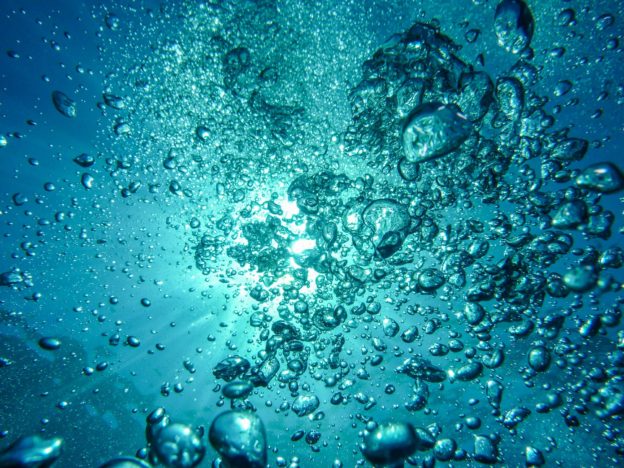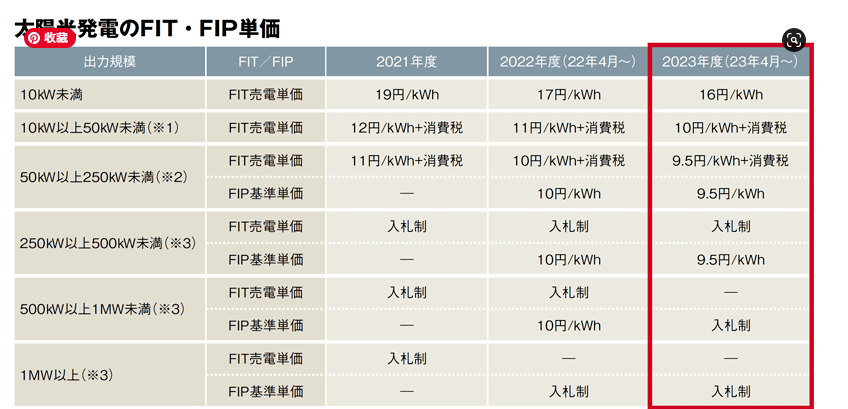https://www.energytrend.com/news/20220307-26436.html
Household-use PV Seawater Desalination System Emerges with Mere US$4 Material Cost |
| published: 2022-03-07 9:30 | editor: et_editor | category: News |

As the title says, photovoltaic seawater desalination equipment for household use may be available for purchase for as low as US$4.
Traditional seawater desalination technologies are able to turn massive seawater and groundwater into drinking water. However, such technologies not only require facilities whose prohibitive costs are out of reach for most households, but also expel brine that contains extremely high concentration of salt and chemicals capable of endangering the local ecosystem. In response, PV seawater desalination technologies are born as a result. These emerging technologies are able to generate high-quality drinking water through decentralized energy and relatively low-cost means, thereby suitable for use by a wide range of adopters.
Undoubtedly, however, the current PV seawater desalination technologies still leave much to be desired. After all, rapid evaporation of seawater brings with it issues of blogging by massive quantities of salt crystals, issues that demand regular swapping of thin films or wicking materials. In response, researchers from MIT and SJTU have collaborated to create a high-performance and highly cost-effective PV seawater desalination system for household use.
As for exactly how economical it is? The materials cost a mere US$4. The research teams have developed a multilayer PV seawater desalination equipment featuring a new type of wick-free material. Its principle of operation is simply to let the water evaporation by drawing seawater to the top part via a thin film with multiple 2.5 mm holes and then absorb the energy emitted by sunlight through deep colored materials so that the water is heated and evaporates. Finally, the confined water is subsequently collected.

(Source: MIT)
On the other hand, the hotter water on the top layer will naturally cycle with the colder water on the bottom layer. Due to the higher density of hot water, salt crystals remain in the bottom water. EE professor Evelyn Wang indicates that the team is able to now realize high-performance PV seawater desalination equipment that avoids salt buildup.
Experimental testing indicates that, despite a salt level of 20% at the start, the efficiency of transforming saltwater into vapor through sunlight exposure has surpassed 80%. After one week of operation, no traces of salt crystals can be found.
The team also stressed the inexpensiveness of its invention by indicating that the system is made from readily available materials, which confer advantages of expandability and affordability. According to the team’s calculations, such a system with only one square meter of collection area yields enough drinking water for one household, at a material cost of merely US$4.
The research team indicates that, upon further improvement, the new PV seawater desalination equipment can either make it easier for rural or developing regions to obtain drinking water or serve as an emergency source of drinking water.
(Image: Pixabay)



